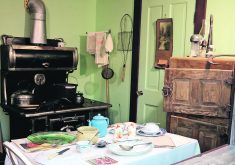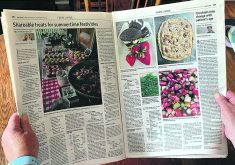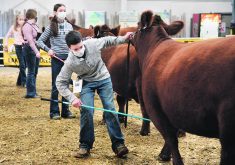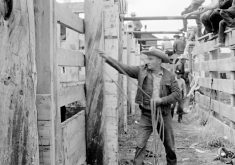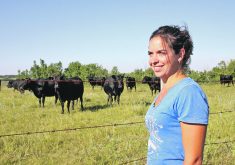Right after the Second World War, recreational opportunities were non-existent in our farming community.
When the little Boyne River settled down between its banks after a sudden spring thaw, we felt lucky to find a swimming hole gouged out by the churning waters as they swirled through the twists and turns of its course.
Swimming lessons? Lifeguards? What were they? Somebody just threw you in the water and you either sank or swam.
Hopefully, an older sibling would be there to pull you out, spluttering and coughing. There were never any drownings, but no doubt a few close calls.
Read Also
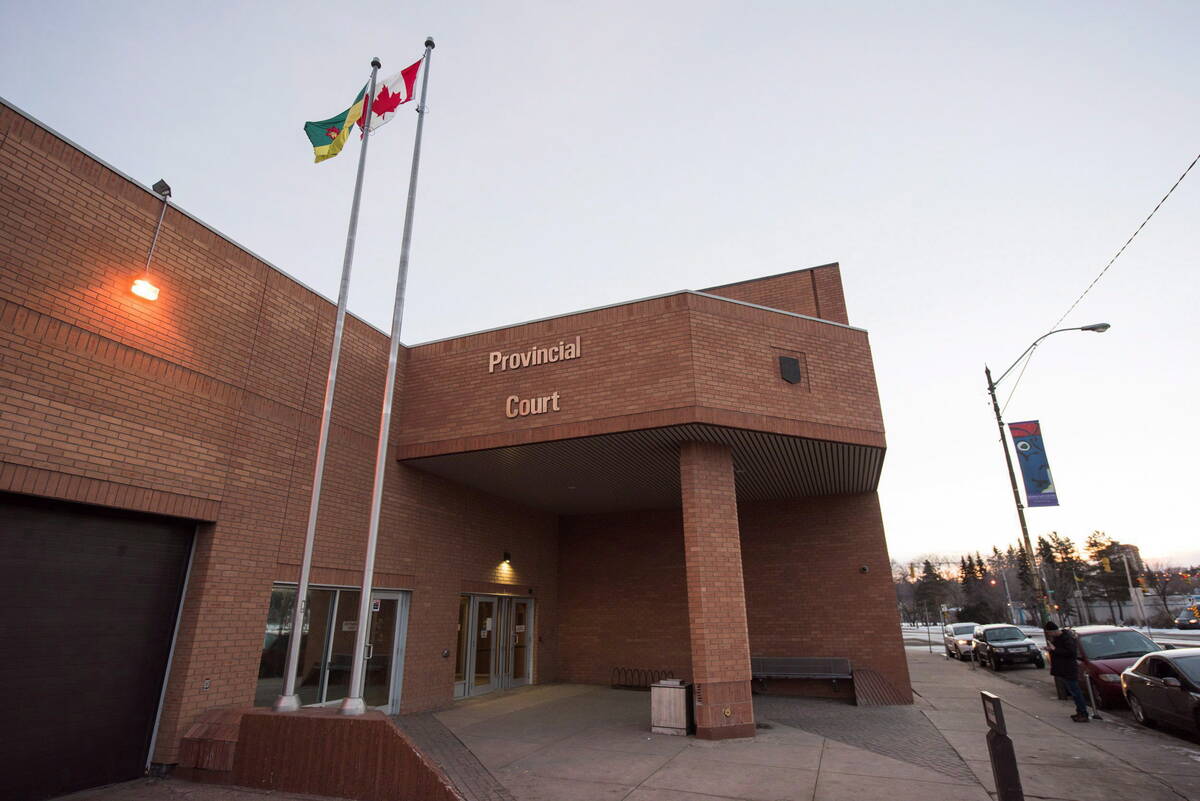
Understand limitation periods if considering civil suit
A limitation period refers to the amount of time a plaintiff has to commence a formal claim in court or lose their ability to pursue it.
It never dampened our enthusiasm for the old swimming hole, however.
Some kids in the community had horses on their farms — big, heavy draft horses ill-suited for riding but conscripted nevertheless by would-be jockeys. Whoever heard of riding lessons?
The brave (I was not one of them) just mounted any available old nag and rode it bareback until the novelty wore off.
In the late 1940s, we were all excited to hear a rumour that the Canadian National Railway was going to build a ski resort in the nearby Pembina hills. At last — a recreation site not of our own doing.
Plans started to come to fruition when timbers from dismantled railway trestles began arriving at my father’s sawmill, all under the direction of an avid physical fitness man and skier, who was also a top CN supervisor.
Under his direction, the local section men were clearing potential ski slopes. Local farmers were approached about using their tractors to run the rope tows.
By late fall, a chalet built from the trestle timbers was beginning to take shape at the foot of the hills, along with a first aid hut. Signs identified the various slopes — Half Circle, Nosedive, Baby Bowl.
Meanwhile, we locals were rounding up skis, boots and harnesses in anticipation.
Would it never snow? It did, and for several winters thereafter, people converged each Sunday at the site the CN advertised as Snow Valley.
First came the section gang on their jigger and then the men running the tows — Lloyd with his big John Deere, Tony with his orange Case, another with his red Massey.
Rural roads were not usually passable for cars, so locals resorted to horseback, cutter, stone boat, team and hayrack and even a homemade Bombardier-type vehicle.
Last to arrive was the excursion train from Winnipeg, a CN steam locomotive pulling several passenger cars.
As it came to a stop on the tracks opposite the ski chalet, city slickers in their finest sports clothes and shiny sports equipment were followed by railway chefs with their supplies necessary for short order cooking in the chalet.
Embarrassed by our humble homemade skis, leather harness straps and buckle overshoes, we locals let the city visitors line up first for their tow rope tickets. Waiting in line for my turn, I could smell onions frying in the chalet, and the aroma of brewed coffee wafted out the door. There was only enough money in my pocket for a tow ticket, however, so the idea of a hamburger at noon hour was banished from my thoughts.
The slopes awaited.
But first I had to conquer the tow. Too short and too light to grab the rope, I waited for a city ski instructor’s help. Squatting down in front of me, he lowered the rope so I could grab onto it and up the hill we went.
Coming down I was on my own. Occasionally, I ended up floundering around in the shrubs on the edge of a slope, trying to grab my skis before they finished the run ahead of me. When that happened, I had to stumble down the hill to retrieve them, my buckle overshoes poking holes in the snow and irritating more professional skiers.
All the while the CN locomotive sat hissing softly at the bottom of the slopes. In case of an accident, the ski patrols would bring the injured person down the hill on a toboggan, make an assessment in the first aid hut, and if warranted, load the unlucky skier into the train for the 15 mile trip to the nearest hospital.
As the sun began to sink below the hilltop, we each started for home after a long day of exercise. My route took me through the bush on a ski trail about two miles long. I may not have set any records when it came to downhill runs, but when the coyotes began to howl, I could sure make time doing cross-country skiing.
Contributing factors were no doubt my growling stomach and the comforting thoughts of a hearty supper while warming my freezing feet on the oven door of the McClary cookstove.






